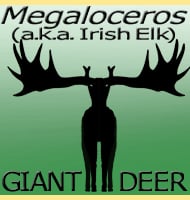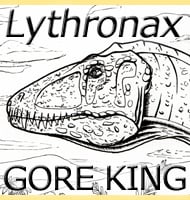In Depth
Mansourasaurus is a genus of titanosaurian sauropod dinosaur that lived in North Africa during the late Cretaceous. The discovery of Mansourasaurus was significant in itself because North African fossil beds often do not yield remains of larger dinosaurs like sauropods. This is partly because the harsh arid conditions of North Africa will often cause fossils to erode as soon as they are exposed from the rock that concealed them.
Although only known from partial remains, Mansourasaurus has been identified as a titanosaur, the common type of sauropod dinosaur present in the late Cretaceous. More specifically, Mansourasaurus is thought to be a lithostrotian titanosaur.
Further Reading
– New dinosaur remains from the campanian quseir formation, western desert, Egypt - Iman El-Dawoudi, Patrick M O’Connor, Mahmoud Kora & Joseph J W Sertich - 2016.









